When veteran producer Tom Rosenberg read Philip Roth’s 2000 novel, "The Human Stain," he immediately vowed to turn it into a movie. Roth, considered one of America’s greatest living writers, was his literary hero; the novelist "not only chronicles what it is to be Jewish in America, he chronicles America," Rosenberg, 56, said.
"Stain" dissects the politically correct zeitgeist Rosenberg detests. Set during the 1998 Clinton-Lewinsky scandal, the hero is Coleman Silk, an aging classics professor accused of making a racist remark and then targeted by a PC witch hunt. In the aftermath, he befriends a reclusive writer, begins a scandalous affair with a young janitor and reveals a secret: He’s actually a light-skinned black man "passing" as Jewish.
While many of Roth’s previous novels skewer assimilating American Jewry, "The Human Stain" explores the consequence of a more radical kind of assimilation.
The story intrigued Rosenberg because he, too, has experienced the "stain" of otherness and the tension between social expectations and personal identity. Even after his mother, a Protestant, converted to Judaism, he overheard his grandmother derisively refer to her as a "shiksa."
"But I am half my mother," he said, "and I never felt the same about my grandmother again."
As an attorney in the Ozarks in the 1970s, "People used to come see me just to see a Jewish person," he said. He figured he’d be run out of town when he wrote a rebuttal to an anti-Semitic letter to the editor; instead, he became a local hero.
Rosenberg was equally resolute about adapting "Stain," although "everyone thought I was crazy," he said.
The last time a Roth novel made it to the screen was 1972’s "Portnoy’s Complaint." The more complex "Stain" jumps around in time, interweaves plots and subplots and conveys action through interior monologues.
Then there was the matter of convincing the notoriously prickly Roth, whom Rosenberg met at a cafe near the author’s Litchfield, Conn., home. The writer "is a person who, before you open your mouth, you’d better know what you’re talking about, otherwise just be quiet," Rosenberg said.
It helped that the producer had read almost all his books, and promised to respect "The Human Stain." In the end, the blunt author was surprisingly amenable: "You’ll have only one problem with me," he said. "If the check doesn’t clear."
Once the check did clear, Rosenberg and his Lakeshore Entertainment partner, Gary Lucchesi, tackled another hurdle: Hiring a screenwriter to adapt the book. They decided on Nicholas Meyer, 57, a cerebral writer-director who had turned one of his own novels, "The Seven Percent Solution," into an Oscar-nominated film. A bonus was that Meyer, like Rosenberg, had been a Roth fan since reading 1969’s "Portnoy’s Complaint."
"At the time I was fascinated and titillated and probably missed the point," the screenwriter said of the controversial, sexually frank book.
Meyer, the son of a psychoanalyst and a concert pianist, said he came to appreciate Roth for his "3-D snapshots of this country at different periods in history." "Goodbye, Columbus," for one, captured the "nouveau riche vulgarians" he met at his New York private school and the "staggering displays of ostentation" he saw at bar mitzvahs.
Meyer was drawn to "Stain" for its equally biting expose of American Puritanism, but he hadn’t a clue about how to adapt it. The sprawling story overwhelmed him, as did the idea of rewriting the literary giant Roth.
"In a novel you can do whatever you want," he said. "But a drama has to be a drama, with actors, protagonists, antagonists; there has to be development, exposition, resolution. And I’m thinking, ‘How do I reorganize this material so that it has dramatic direction and meaning?’ The problem preoccupied me for six weeks."
Two days before he was scheduled to meet with the producers, he said, "I was bitching and moaning and my wife said, ‘Why don’t you just tell them you couldn’t figure it out? So I just gave up."
Not long after, Meyer had an unexpected brainstorm while sitting in the bath. He realized that Act I should describe the professor’s fall, concluding when a character asks why Silk used the term "lily white."
"The whole second act becomes an answer to that question by showing Coleman’s African American roots," Meyer said. "The third act is, ‘OK, now that you know who Silk really is, you’re going to watch his destiny played out freighted with that knowledge.’ Once you know his ‘backstory,’ as we say in Hollywood, he is like an entirely different character."
When Anthony Hopkins’ agent phoned him, he had been reading the novel — his third Roth book in as many months. He was so impressed by Meyer’s script that he signed on to play Silk the day after he read it.
Perhaps Hopkins is drawn to the quintessentially American Roth because he relocated to California several years ago and became a U.S. citizen. The expatriate said he identifies with his character because, "I also have broken away, out of my life, and reinvented myself…. I’ve shed a few skins and gotten away from situations and environments that I find stifling," he said at a press conference.
His co-stars include Nicole Kidman as the janitor, Faunia, and Gary Sinise as the writer Nathan Zuckerman, who has appeared in eight Roth books and is the author’s literary alter ego. "Stain’s" Zuckerman, like Roth, is a recluse recovering from prostate cancer.
To prepare for the role, Sinise read previous novels in which the character appears: "But ultimately I decided I’m not playing a mythic literary figure," he told The Journal. "You can’t play that or be intimidated by that."
More helpful was the filmmakers’ decision to change Zuckerman’s age from 70ish to 40ish, increasing the dramatic tension.
"Nathan is a younger man who is spurred back to life by his vital, older friend," Sinise said.
Meyer is matter-of-fact about the age change: "Adapting a novel is like a translation, a transposition," he said. And then Roth seemed pleased upon visiting the Williamstown, Mass., set in 2002 — although he admitted he hadn’t bothered to read the screenplay.
"Once I got over being hurt and relieved, not necessarily in that order, I realized it made perfect sense," said Meyer, who is adapting two more Roth novels for Lakeshore.
"He wrote the book the way he wanted it, so why would he want to read how Mrs. Meyers’ oldest fooled around with it?"
"Human Stain" opens in Los Angeles next week.









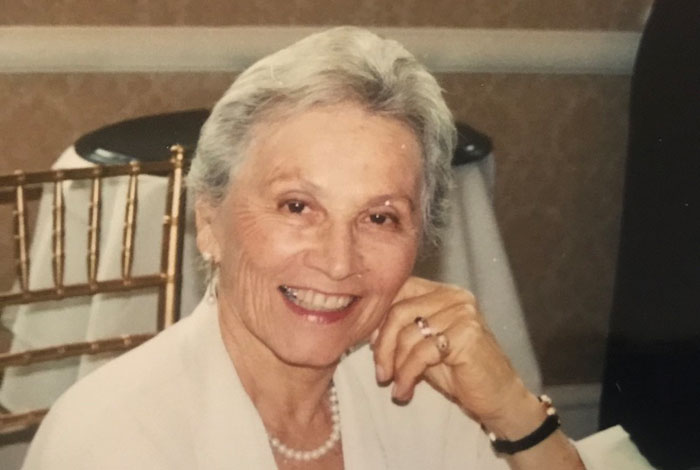
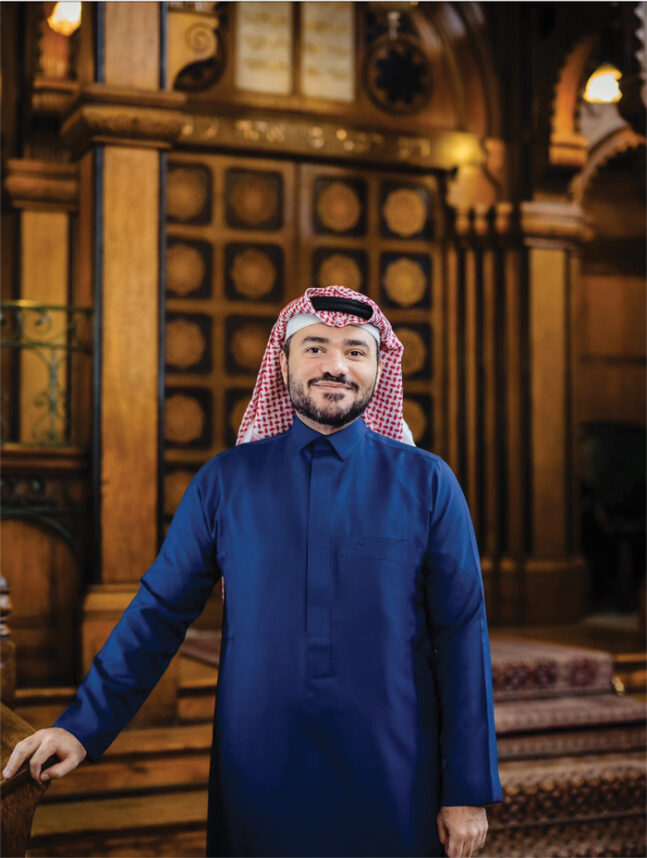
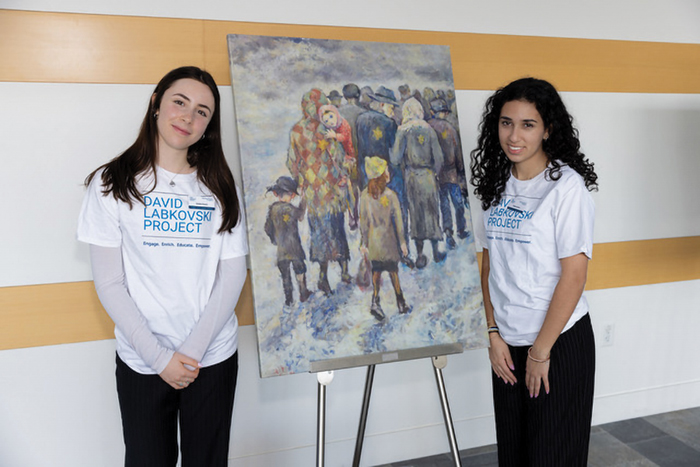



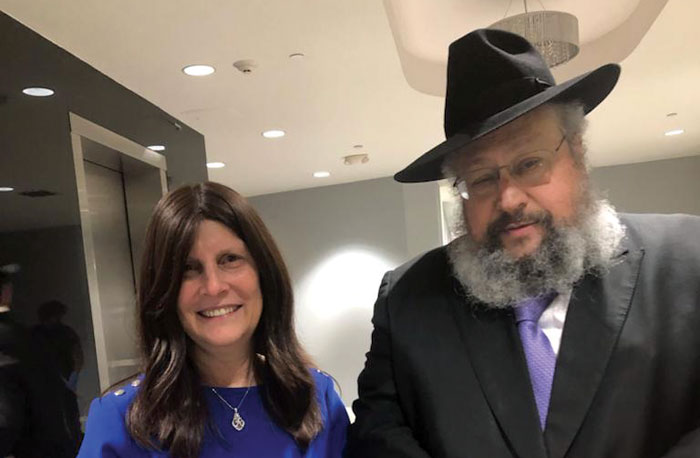
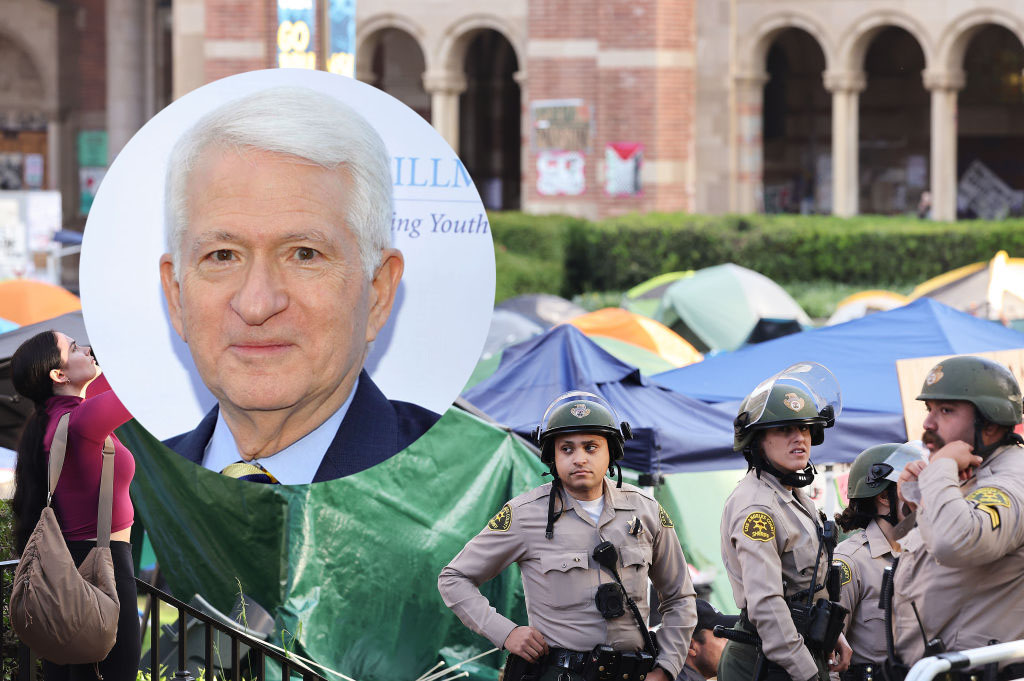





 More news and opinions than at a Shabbat dinner, right in your inbox.
More news and opinions than at a Shabbat dinner, right in your inbox.